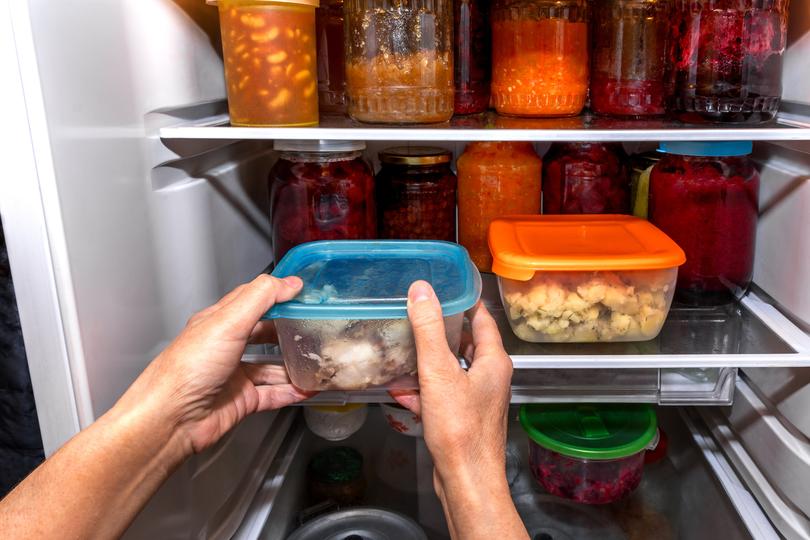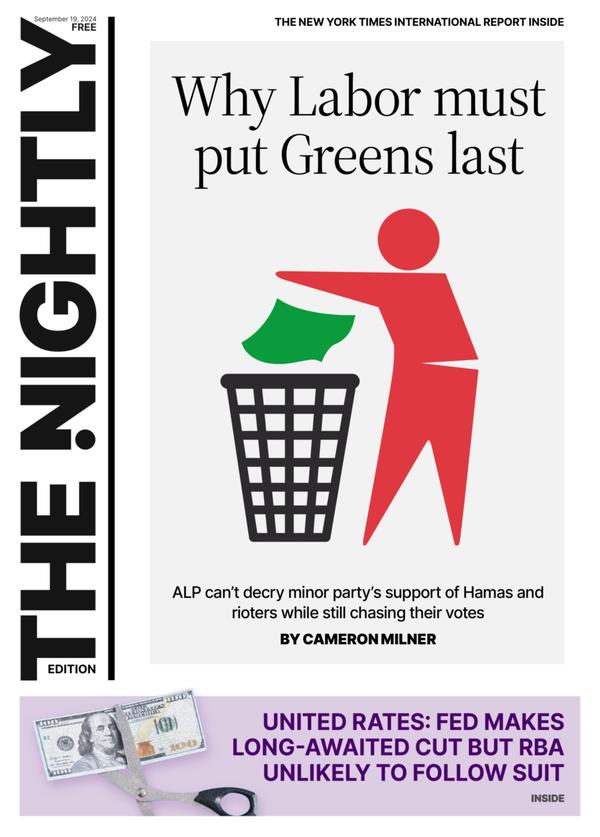Tupperware’s demise: Container brand faces bleak future as it seeks bankruptcy protection from creditors
Until Tuesday, Tupperware had been a familiar, but fading, brand, synonymous with storing leftovers in the fridge. Now, the name Tupperware itself stands to grow even more stale as lenders fight each other and the company in bankruptcy court.
Tupperware Brands Corp. filed for Chapter 11 protection on Tuesday in Wilmington, Delaware. The company plans to sell itself while still operating, according to court filings. In the meantime, lenders owed about $800 million are arguing over assets, one of which is the precious Tupperware brand.
Among other issues being hashed out is whether Tupperware should even try to restructure itself, or if a group of aggressive distressed-debt investors should simply foreclose on the brand, its inventory and other assets.
Sign up to The Nightly's newsletters.
Get the first look at the digital newspaper, curated daily stories and breaking headlines delivered to your inbox.
By continuing you agree to our Terms and Privacy Policy.“Facing ever more urgent liquidity needs and continued operational stress, the company restarted marketing efforts for the third time after the July 4 weekend,” Chief Restructuring Officer Brian J. Fox said in court papers.
Tupperware’s business problems are not new but have taken on new life in bankruptcy court as familiar distressed lenders including Stonehill Institutional Partners and Alden Global Capital have gotten involved.
Its revenue has been in a downward spiral for most of a decade, as the model of independent reps hosting “Tupperware parties” to sell goods, mostly in the suburbs, was upended by cheaper online options and cultural changes.
Although Tupperware warned of a threat to its viability last year, the pandemic briefly lifted sales while people were stuck at home cooking more, than needing to store remnants. A meme stock frenzy last year also caused fleeting optimism around Tupperware’s future.
None of that solved its underlying decline, though, leading to bankruptcy this week. The filings show how the company and its backers kept trying to extend lifelines.
For instance, when Tupperware lifted restrictions on trading in its debt this summer, new players entered the fray in July. Investors including Stonehill and Alden bought out the majority of the company’s senior loans for as little as 3 cents on the dollar, according to filings.
Strings attached
New lenders offered Tupperware more money, but it came with strings attached. The $8 million they lent only gave the company $6 million in fresh funds due to terms that helped lenders, according to court records.
That bridge loan prompted at least one lender to sue in New York, claiming they were wrongly excluded from the lucrative debt deal orchestrated by Stonehill and Alden.
Meanwhile, Tupperware tried negotiating a sale of some assets - including its famous name - with Stonehill, Alden and the other lenders. The main sticking point was whether the company should restructure its debt while under court protection, or in a simple foreclosure action, according to letters that the company and lenders exchanged in the last two weeks.

Lenders urged Tupperware to avoid bankruptcy and accept a simple foreclosure instead, court documents show. The lenders claimed Tupperware executives were pushing for a Chapter 11 case to insulate themselves from potential lawsuits, a common protection sought in corporate bankruptcies.
Representatives of Tupperware and the lenders didn’t reply to requests for comment.
Tupperware countered that a foreclosure would hand the lenders all of the company’s best assets and exclude other creditors. Those lower-ranked creditors would not have a chance to fight for a payout of their own, Tupperware said in a letter to the lenders.
After a final exchange of letters over last weekend, Tupperware filed bankruptcy, ignoring a vow by lenders to fight any Chapter 11 reorganization and instead push for liquidation.
The company blamed its most recent crisis on aggressive tactics pushed by the new lenders.
Airtight seal
Tupperware founder Earl Tupper introduced its plastic products to the public in 1946 and subsequently patented their flexible airtight seal. Tupperware’s goods later flooded into American homes, largely through independent sales parties, helping the company dominate the market for decades.
As the parties faded away and competition heated up, Tupperware’s iconic products faced weakening demand as the company failed to keep up with the changing pace of retail.
The COVID-19 pandemic briefly juiced sales, but the increase in people eating at home and buying Tupperware products didn’t last long.
By 2022, Tupperware still largely relied on direct sales by an army of 465,000 amateur vendors and 5,450 employees. But shoppers were increasingly buying similar - and often cheaper - products online. They were going directly to Amazon or Walmart, and those who wanted to avoid buying more plastic goods could find similar containers made from more environmentally friendly packaging.
The following year, Tupperware got caught up in the meme-stock frenzy. An eye-popping share price masked many of its underlying problems and persisted despite the company itself warning that it had substantial doubt as a going concern.
Creditors gave the company some breathing room, but revenue continued to fall. As of this June, Tupperware planned to close its sole US factory and lay off almost 150 employees.
After years of trying to find a buyer, the highest offer would cover less than 20% of the $800 million that Tupperware owes senior lenders, according to court documents.
“This process is meant to provide us with essential flexibility as we pursue strategic alternatives to support our transformation into a digital-first, technology-led company better positioned to serve our stakeholders,” Tupperware President and Chief Executive Officer Laurie Ann Goldman said in a statement late Tuesday.
